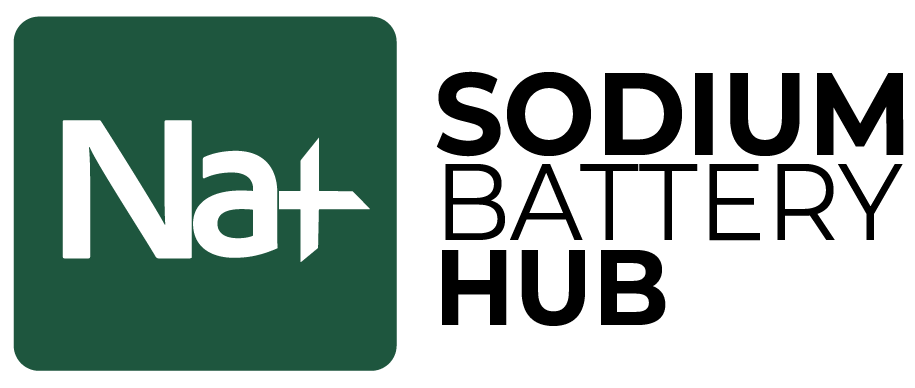Navigating the path of commercializing Sodium-Ion (Na-ion) batteries is both exhilarating and intricate. Despite their scientific acclaim, the journey from the lab bench to global storefronts involves understanding production nuances, market dynamics, and supply chain intricacies. Let’s dive in.
1. Commercializing Sodium-Ion Batteries: Production Scale-Up
The chasm between prototype development and mass manufacturing is vast. To ensure consistent quality while amplifying production requires a symphony of precision engineering, astute financial planning, and infrastructural excellence.
- Challenge: Amplifying production without compromising quality or inflating costs remains a daunting task for Na-ion battery manufacturers.
- Solution: Embracing the ethos of collaborative innovation, public-private partnerships can be monumental. Not only can they amass significant capital, but they can also leverage the unique competencies of each partner, from R&D brilliance to manufacturing prowess.
2. Market Acceptance
Market dynamics, often governed by established products and brand loyalties, can be resistant to new entrants, no matter how groundbreaking.
- Challenge: Overcoming the deep-rooted Li-ion battery legacy and establishing a footprint in a market wary of change is a colossal task.
- Solution: A two-pronged approach, blending aggressive marketing with educational outreach, can be effective. By juxtaposing the environmental and economic advantages of Na-ion batteries against the limitations of Li-ion, a compelling narrative can be crafted. Additionally, pilot projects showcasing real-world efficiency can act as testimonials to potential adopters.
3. Supply Chain Development
Beyond the product lies the intricate machinery of sourcing, producing, and delivering. A robust supply chain isn’t just an operational requirement; it’s the backbone of commercial viability.
- Challenge: Establishing a streamlined supply chain, responsive to market demands while minimizing overheads, is intricate.
- Solution: Engaging in forward and backward integration strategies can be pivotal. By either acquiring or forming strategic alliances with raw material suppliers or distribution networks, Na-ion battery manufacturers can exert greater control over quality, costs, and delivery timelines. An integrated approach can reduce dependencies, ensuring agility in a rapidly evolving market.




